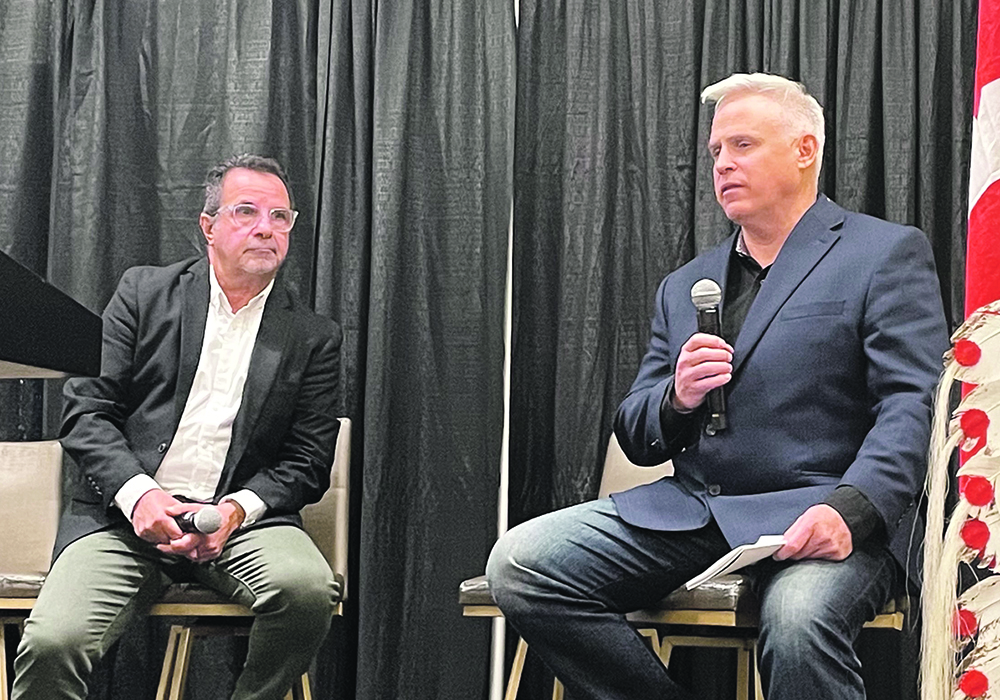Leaders at a company working with a carbon credit system on land owned by Indigenous people spoke at a recent Indigenous summit.
Carbon RX regional manager Pat Fiacco and vice-president Neil Dobson discussed the company’s objective and their relationship with Indigenous communities at a summit held during Canadian Western Agribition from Nov. 28 to Dec. 3 in Regina.
“Indigenous communities are the original environmentalists. They’ve been talking about taking care of Mother Earth for years and years,” Dobson said.
Fiacco, a former Regina mayor, said he has had the chance to meet with many people from the Treaty 4 bands.
Read Also

Manitoba community projects get support from HyLife
HyLife Fun Days 2025 donated $35,000 each to recreation and housing projects in Killarney, Steinach and Neepawa earlier this fall.
“And in all of those discussions, taking care of Mother Earth was so important.
“The Indigenous (peoples) are doing everything they can to ensure the value of their carbon credits grow. They have also leased land and are dictating how that land needs to be farmed with less disruption, less tillage, and so on,” said Fiacco. “It’s certainly a two-way street, but we have to do our due diligence.”
Carbon RX is a carbon credit program established in 2006. Fiacco said the company has worked to reduce carbon footprints by digitizing it and allowing Indigenous peoples to generate revenue. It gives them the ability to receive carbon credits on their own land.
The company collects information annually, including data from raw land, forestry, ranch land, and agriculture land, which is then used to analyze the level of carbon in the soil. That stored carbon can then be sold as carbon credits to those who want to offset their greenhouse gas emissions.
The worth of the generated revenue can increase over time as more people show interest in the program.
“The value of these carbon credits will continue as a result of the demand,” said Fiacco.
He said demand for the credits mainly comes from two sources in the marketplace — those that need the credits to achieve regulatory compliance and the voluntary market. Regulatory compliance involves governments or industry groups, while the voluntary market is made up of private investors or non-governmental organizations.
He said most demand for the Carbon RX program comes from the voluntary market. This involves establishments such as non-profit organizations, universities and individuals, who want to reduce their carbon footprint by purchasing carbon offsets.
The regulatory compliance market, however, “is used by companies and governments that by law have to account for their greenhouse gas emissions and is regulated by mandatory national, regional and international carbon reduction regimes,” said Fiacco.
“(Regulatory compliance) is predominantly used by large emitters. Oil and gas mines are the ones that are really heavily regulated, and we don’t do a lot of work with them.”















